Conger eels in rough ground are a serious challenge to the shore angler due to their sheer power and the ability to hunker down in cracks, snags, and holes using their tails to anchor themselves, then stubbornly refusing to move.
They can also grow big in relative terms for shore fish, with 30lb fish not unusual and much bigger fish often hooked. The average conger will generally weigh between 10 and 25lbs, but 60lb fish are always possible and tackle should be chosen with these big fish in mind, just in case such a monster should happen along.
Found throughout the UK and Ireland, it can be argued they are more common on the south and west coasts, though plenty of conger are caught from east coast marks and some of the very biggest eels have washed ashore dead after cold weather or been caught commercially by boats working the east coast of England and Scotland.
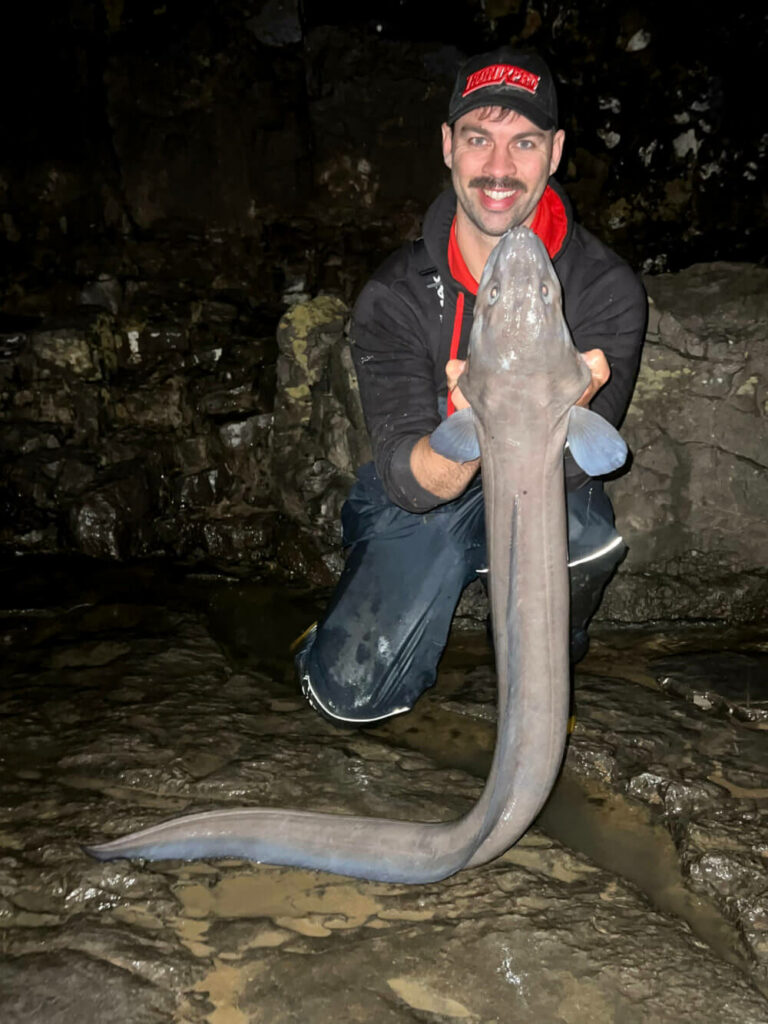
Conger Fishing Season
They are caught throughout the year, with the best period typically being from September to December for the bigger fish. Recently, milder winters have kept the conger right in along the shoreline and feeding over the winter period. In very cold winters, they, like wrasse, will push out to deeper water where the water temperatures are more constant and less influenced by prolonged heavy frosts and more so by snow melt running down through estuaries, rivers, and streams.
Conger Eel Habitat
The bigger conger and the most consistent catches will be found when fishing off open sea rock ledges that give into deeper water over 20-feet deep, though ideally over 40-feet. It's best to check out the Admiralty Charts for the ground you’re fishing and note the seabed topography for the rougher ground to find the better fishing. The marks you’re fishing from also often give you an indication of what lies below the water. Cliffs that fall into the sea will tend to continue down to the seabed and be identical in makeup to what you’re surrounded by. Areas where boulders have fallen from the cliff to create heavy scree will again be found below the tide line and again hold good conger.
Other key features to try to locate are kelp weed beds as the eels love to sit in these and ambush passing prey, also vertical walls of rock and ledges, and the ends of small rocky headlands and outcrops that break the tide with the eels mostly being on the inner edges.
They can be caught from stone breakwaters made from a series of individual large stones and boulders and in amongst the holes formed by concrete Tetrapod’s to create protective sea walls.
They are also found in lighter rough ground off surf beaches, but these conger tend to be lesser in numbers and favour scoured out gutters in the rough ground and dig themselves in underneath bigger boulders.
Weather and Tides
In shallower water, even in a good surf, the conger can still be caught, but during prolonged periods of very rough weather and heavy seas they will again move out to deeper water, and it takes a few days after the seas settle for the eels to move back shallower.
Once you’re fishing over 20-feet depth, then the eels tend to stay put and will feed well even in a very heavy swell, in fact, it’s often the best time. The borderline is the sea state and sea swells and whether you, the angler, are safe to fish the rock ledges and breakwaters, so bear this in mind always choosing a mark with a clear safe exit off the mark if needed.
As for tides, then the neaps can frequently give better fishing due to the reduced tide strength off the rock ledges, the ease of fishing, but also because the depth is more constant. They also feed for longer periods and will move around and explore, seeking food opportunities. You’ll still catch conger on big spring tides, but catches are not always as good as you’d expect, as the conger will feed for short periods only.
One of the best times for conger, immaterial of tide size, is the second hour of the new flood tide. The slowly increasing tidal flow excites them to feed. Also, smaller fish are more likely to feed at this time, providing the eel's food supply. Generally, conger feed best either side of slack water, with the faster flow period of the tide less successful. Feeding spells can be short, so make the most of bite time.
You can catch conger by day, but by far the best fishing is during the dark hours. Especially if the slack water periods fall in the dark.
Conger Fishing Tackle
Beachcasters rated to cast 6-8ozs with a fast action are ideal for big conger such as the Tronixpro Xenon Power or Competition Naga. The shorter rods under 14ft reduce the leverage on the angler when heavy pressure is applied to bully a big eel, but equally you still have the length to steer fish away from snags and when the fish comes close before landing.
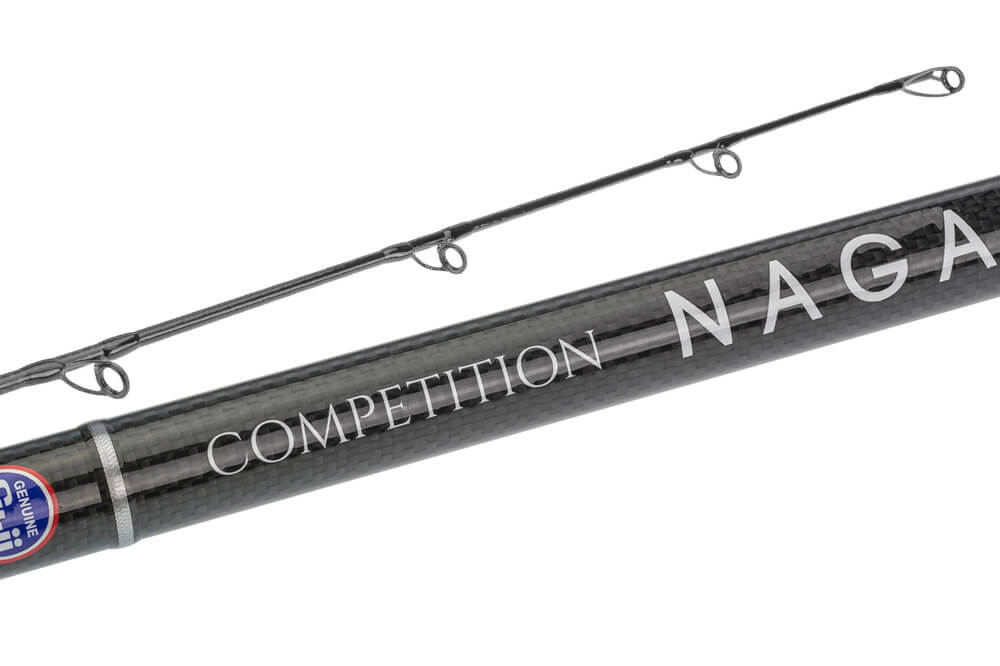
Experienced conger anglers tend to prefer a multiplier reel holding around 300yds of 30lb mono with a 60/80lb shock leader. There is an argument for a big 8000 sized fixed spool loaded with 50lb to 80lb braid and dispensing with a shock leader. The braid having no stretch does put a lot more direct pressure on the eel during the fight and especially so if it goes to ground, but the braid is not quite as abrasion resistant as the heavy mono is. Both work well, but the multiplier is a better option for heavy retrieval against the weight of a big eel.
For casting, use a pulley rig made from 32-inches of 80lb mono. At one end, tie on a Big Bait Casting Snap. Slide on a size 5mm bead, a Pulley Rig Bead and another 5mm bead. To the free tag end of mono tie on a size 1/0 SS2 Tronixpro Rolling Swivel. Now tie on to the swivel 18-inches of Xenon Leader in 140lb mono and slide on a crimp and a size 8mm bead. To the end of the 140lb mono tie on a size 6/0 to 8/0 Tronixpro Hooligan hook. Crimp the crimp in place about 2 to 3-inches above the hook. This crimp and bead act as a bait stop to stop the bait blowing back up the hook length during the cast.
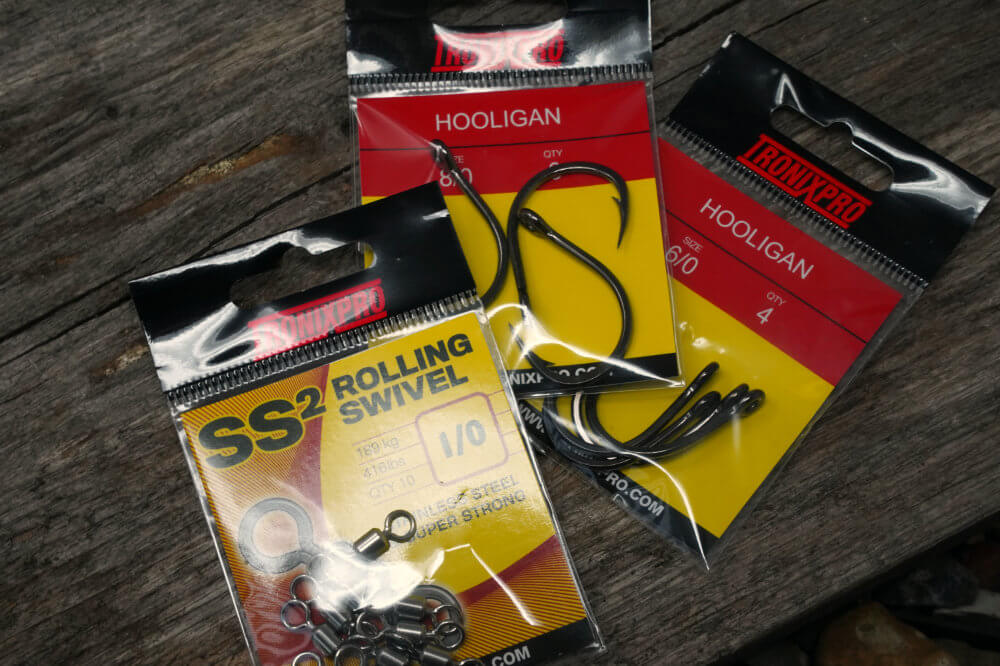
A weak link to the lead weight is essential. Make this by adding a Tronixpro Casting Snap With Link attaching it by the base so that the clip tag faces upwards, you can also use a Tronixpro Canny Link. Tie a weak link of line between this link and the lead, then hang the eye of the lead on the tag clip. This is fine for casting, but will fall off as the lead hits the water and leave you fishing on the weak line.
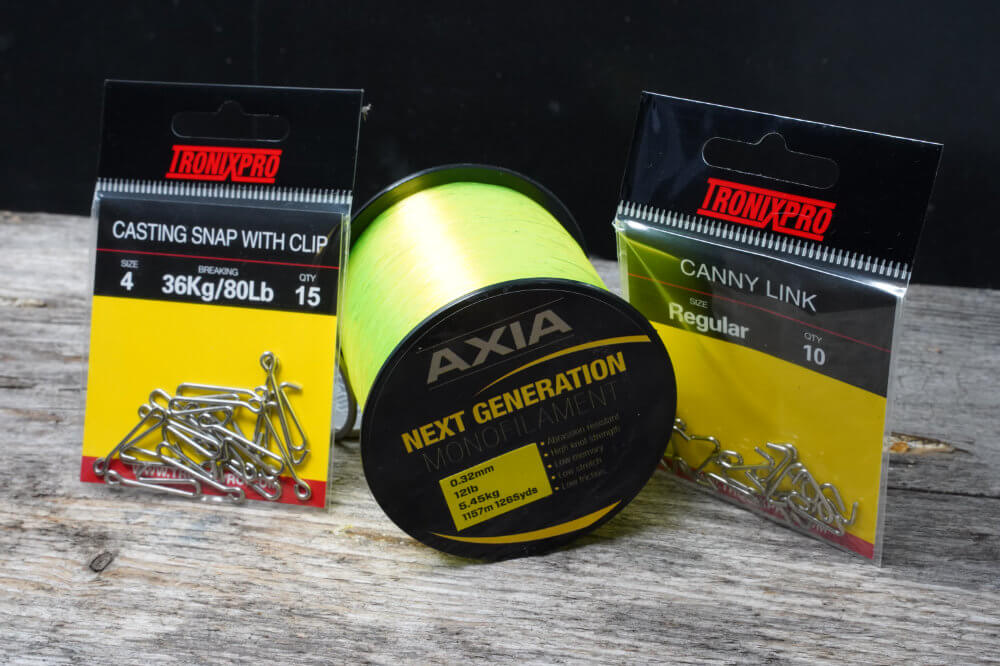
A sliding ledger rig is better when just dropping baits down the side of breakwaters or when casting very close into deeper water. Start with a Zip Slider Boom sliding on the line or leader, then a 5mm bead and tie on a size 1/0 rolling swivel to take the hook trace. The hook trace should be 140lb mono 24-inches in length, either knotted or crimped to the size 1/0 rolling swivel. Now tie on a Hooligan hook size 6/0 to 8/0.
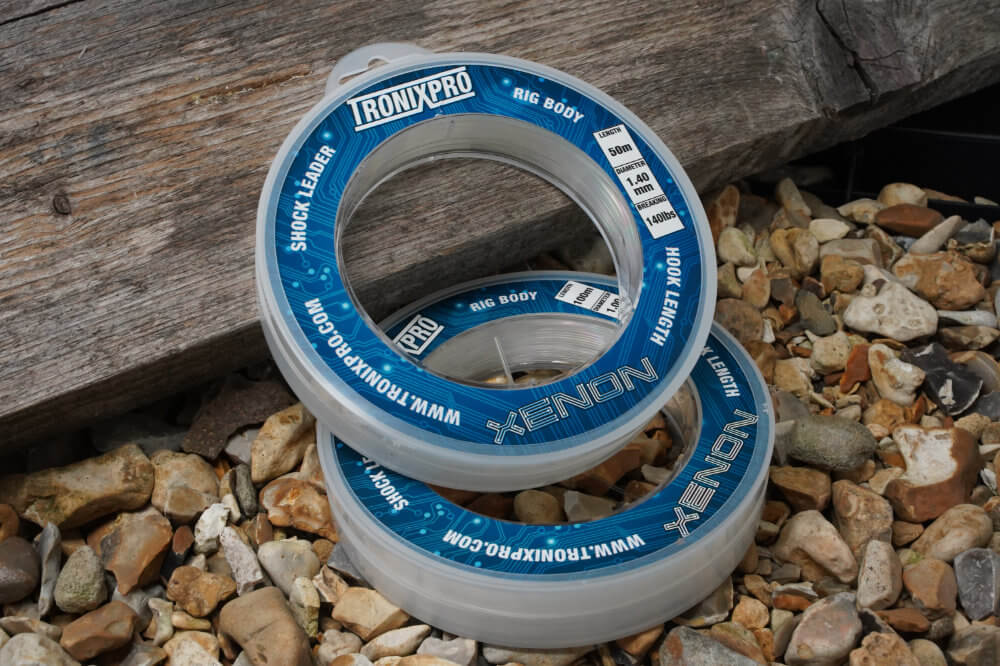
Conger Baits
Conger eat most small fish, but mackerel is the convenient bait to use. A third to half an average sized mackerel is perfect for both big and small conger. Bigger baits just put smaller fish off, and they’ll shake the bait but not always get hooked. Mount the hook fully down the length of the bait, so it comes out of the body close to the base of the bait. Now wrap generously with bait elastic, making sure the hook point is clear. If you use the head, mount it nose down, as conger tend to take fish this way for easy swallowing.
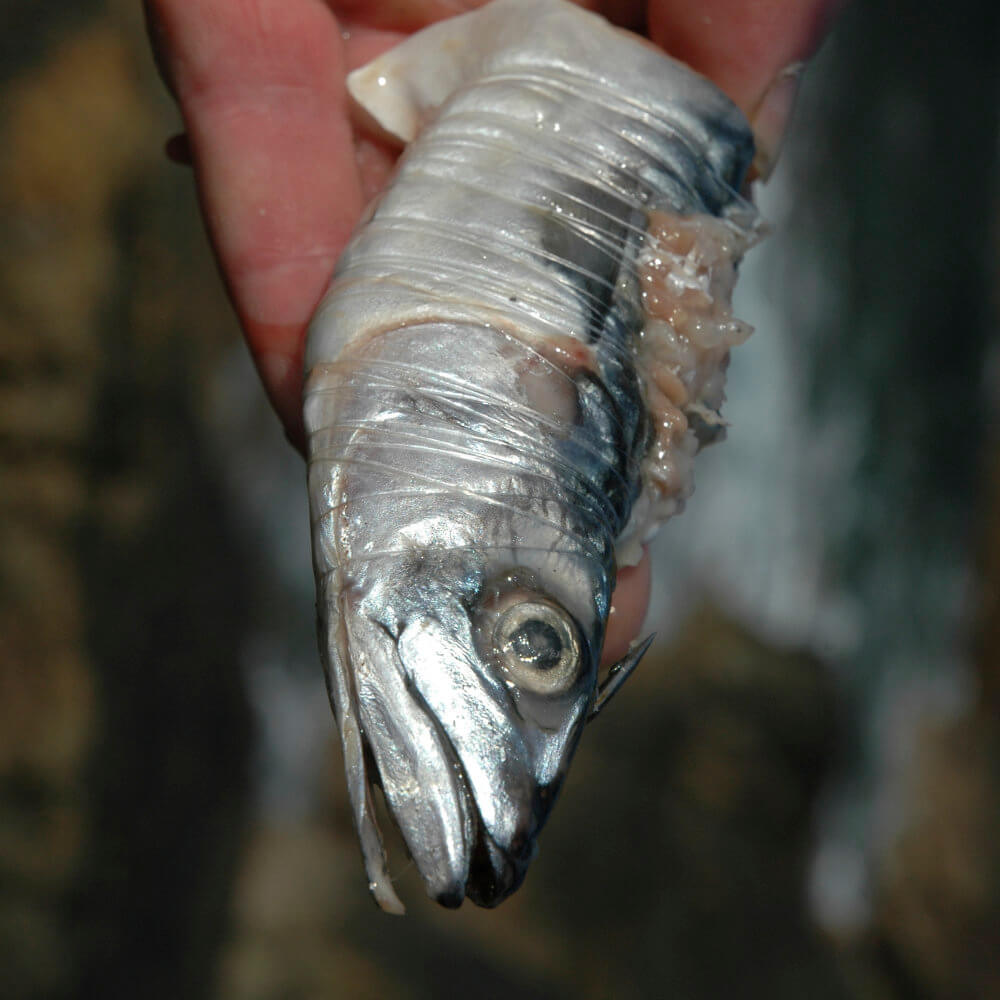
Other small fish such as rockling, pout, poor cod, small wrasse, even sections of pollack and coalfish all make good conger baits. Squid is also a consistent taker of eels, as is octopus.
Tactics
Have a look on the sea surface for lobster pot buoys. Work out the tide flow, as the buoys will be a little distance downtide of the pots. Put a bait roughly near the lobster pot, but be mindful of the rope. Conger often hang around lobster pots which are baited so carry scent, but also attract smaller fish to them.
Also look at the seas surface for evidence of boils or small areas of choppy water. These are created by underwater uplifts of rocks and will congregate conger around them at seabed level. Remember that the surface disturbance will again be downtide of where the actual obstruction is, so allow for this when casting. It depends on tide flow and speed, but usually casting 20 to 40yds above the boil is a good starting point.
After casting out, put the rod in the rod rest with the free line ratchet engaged, or set a fixed spool with just enough pressure to let line easily tick off the spool under pressure. Don’t let a conger take more than a couple of feet of line if you’re fishing heavy rough or the bait is tight to breakwater boulders otherwise it will back into its hole or snag, and it’s difficult to extract it.
As soon as you strike, pile the pressure on the eel and keep it coming towards you. If you hesitate, it will back into a snag, and it’s difficult to get them moving again. If it does anchor down, just keep heavy pressure on the fish, and eventually, you’ll feel it start to surrender. Once it’s away from its lair you’re in with a good chance but be prepared for a dive back for the seabed, so have the clutch set so that the fish must work hard for every foot of line.
In deeper water at night, try adding a single 5mm Luminous Green Bead just above the bait. Charge the bead with a headlight or better still the Tronixpro UV Torch. This can help the conger home in on the bait and does seem to make a difference, especially in water carrying a little colour after a blow.


